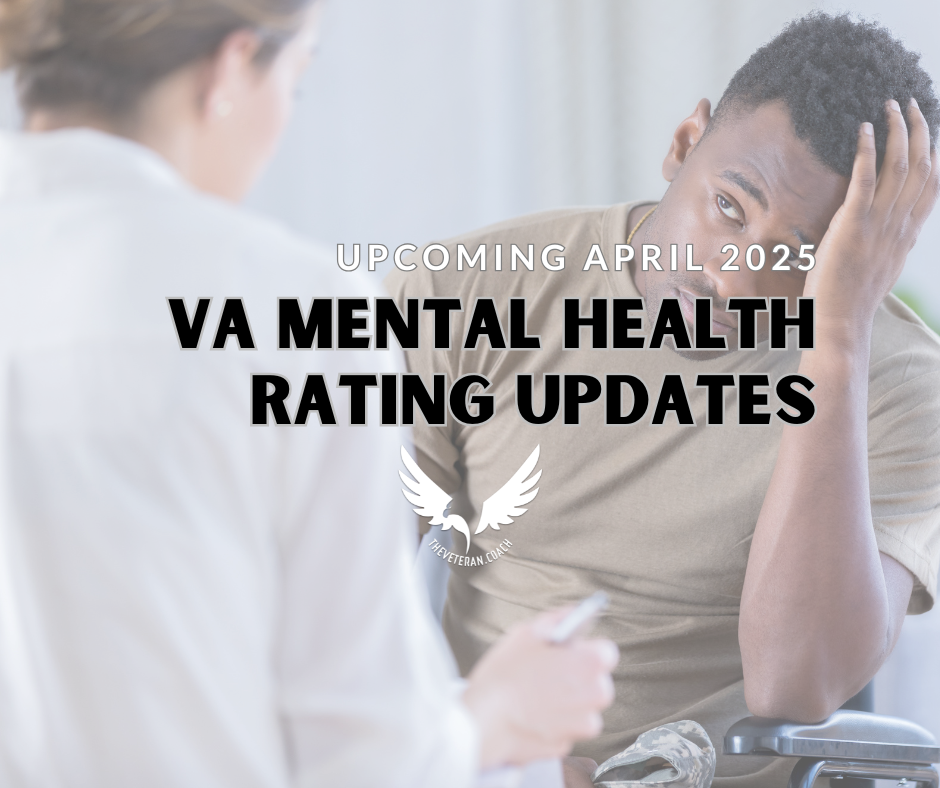The Combat Addict
- laura78999
- Jun 16
- 4 min read
Updated: Jun 19

Written by Coach J, Jason Hughes
How do you explain something that doesn’t make sense? I’ll try to make the best sense out of it that I can. Imagine reaching the pinnacle of your life so early in such a manner that can almost never be duplicated in our society and that dwarfs all things that bring gratification in life. Imagine feeling like a foreigner in your own country or like you were born in the wrong time.
“I feel like I don’t belong here, like I only belong over there (combat). It’s like I’m always half here and half there and nowhere all at the same time. I just feel undone man.”
When I came home from my first deployment, I knew I was different. I was suspicious of everyone I didn’t know. I took steps to be prepared to engage with anyone up to and including in a lethal confrontation. I felt like I was constantly being watched and examined. I didn’t like large crowds, people behind me, and so much more. I would walk through certain areas and feel this ambush death trap that was being laid by an invisible enemy. My wife at the time would get frustrated by me staring at people or not hearing her because I was analyzing roof tops or windows or why that parked car looks weighted down (maybe it’s full of explosives). Others commented that I lacked being present and seemed deep in thought. Well, that’s because I was/am in those situations. While everyone is living their lives admiring the architecture of the open historical square, I’m looking for where the fight is going to come from and how to react to it and neutralize it. This is the line of thinking that kept me and so many others alive and brought us home. It’s what made us the best at what we do and now it’s irrelevant and inappropriate and bad even.
I didn’t even know I was suffering. I just thought this was normal and my wife was being an asshole. This is a small taste of what it’s like to have PTSD. It affects me every single day. This particular flavor of PTSD often dubbed “Combat Addiction” (CA) differs from a symptom standpoint from what many know about PTSD in that it largely lacks the depressive symptoms and favors the hypervigilant, dopamine chasing high that combat delivers in a potent cocktail of experiences. It’s very treatment resistant. Lowly studied, and very common in modern warfighters. Military units have directly seen the effects of combat addiction for years. Year after year units redeployed home from theatres of war with plane loads of eager servicemembers ready to reunite with the world they left behind. Many of the warfighters soon realize that the behavioral adaptations that were vital in keeping them alive overseas only get them in trouble back home. Unit after unit I served in saw countless Soldiers get into a lot of trouble very quickly. A few deserved punishment but, it is my opinion that most needed lots of therapy and behavioral health intervention. For those that stuck the military out for a career like me it was inevitable that I’d be redeployed over and over again to combat. I had to maintain the same mindset that’s so effective in combat. My reintegration into civilian life post retirement was complicated by my PTSD. My civilian friends don’t understand and cannot relate to my war time experience. They really don’t know how to deal with me. It makes it weird. You look to your military friends, and they are scattered everywhere doing their own thing. Many of them disappear from everything. You find yourself surrounded by everyone but, lonely at the same time.
The combat addiction (CA) variant of PTSD is a lesser known but sadly EXTREMELY common form of PTSD in combat veterans of the GWOT ERA. CA was first identified after the Vietnam war as an unrecognized syndrome within the fourth cluster of PTSD in the DSM-5 (scholarly recognized mental health diagnosis and treatment manual). The combat addiction variant primarily affects those that were exposed to intense and repeated direct combat. With the U.S. Military representing an all-volunteer fighting force (no draft) you now see a group of men and women repeatedly exposed to combat for years at a time in ways that are unprecedented in scale compared to wars of the past. In other words, at no point in time have so few been exposed to so much for so long in modern combat. The dopamine chasing hypervigilance combo leaves you feeling “keyed up”, on edge, and hyper focused on extremely violent and low likelihood scenarios that may occur. Many veterans also attempt to self-medicate primarily with alcohol to shut down. This road often leads to chemical dependence on alcohol or another substance.
There is no cure and treatment for this variant of PTSD is still very new. The best treatment that I have found is frequent connection with my veteran friends that I share experiences with and stimulating my mind and body with outdoor physical activity whenever possible.
If you are a combat veteran and any of this sounds familiar to you, I strongly encourage you to seek help through the VA system or your current primary care provider.
Here are some additional articles I used in my research.
Coach J, Jason Hughes



Comments